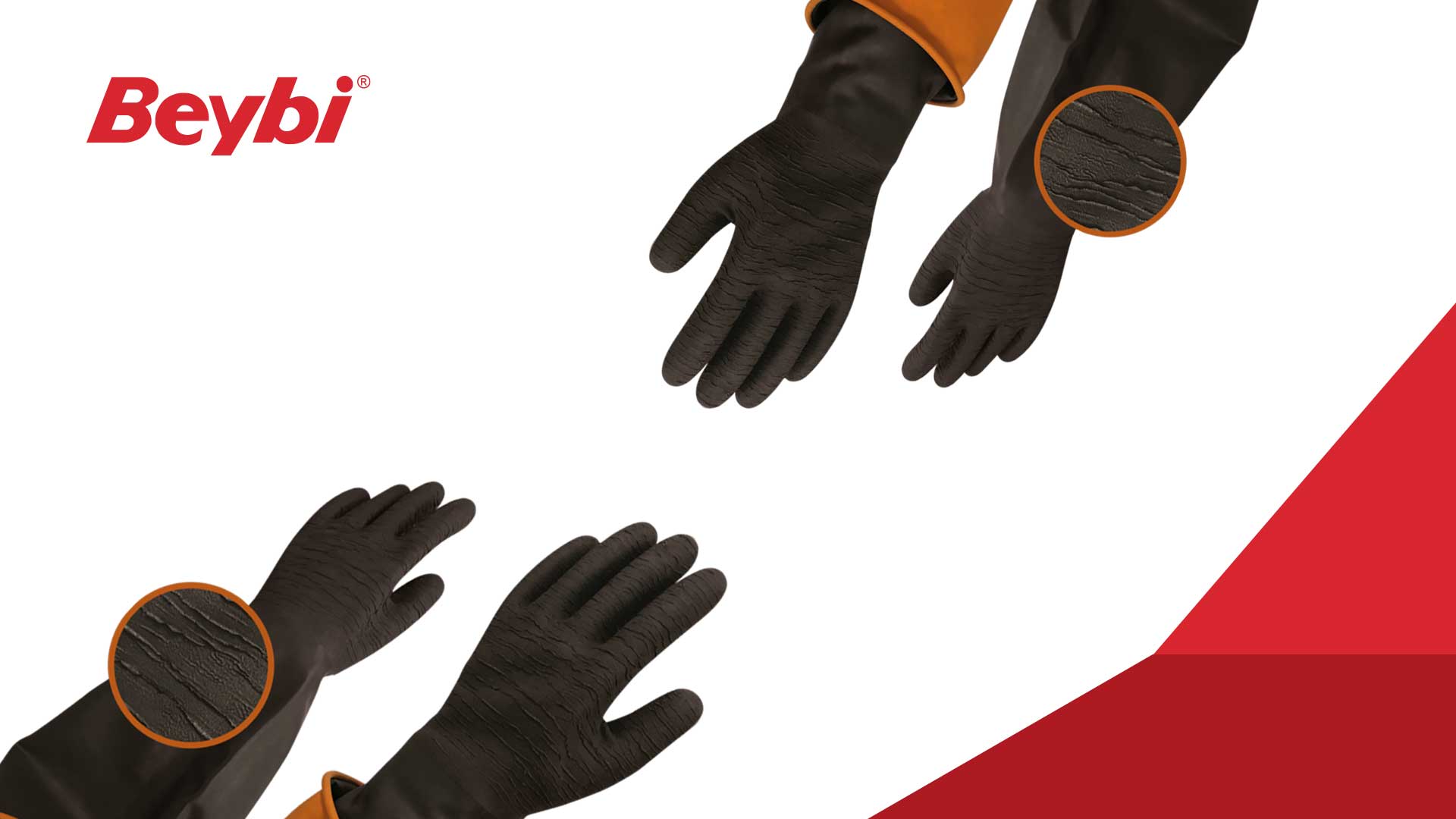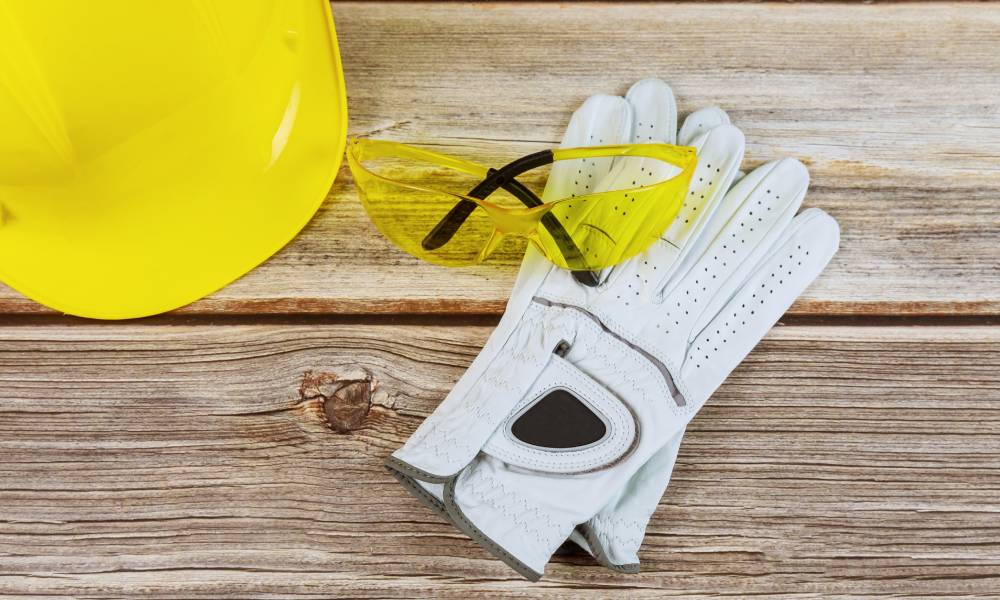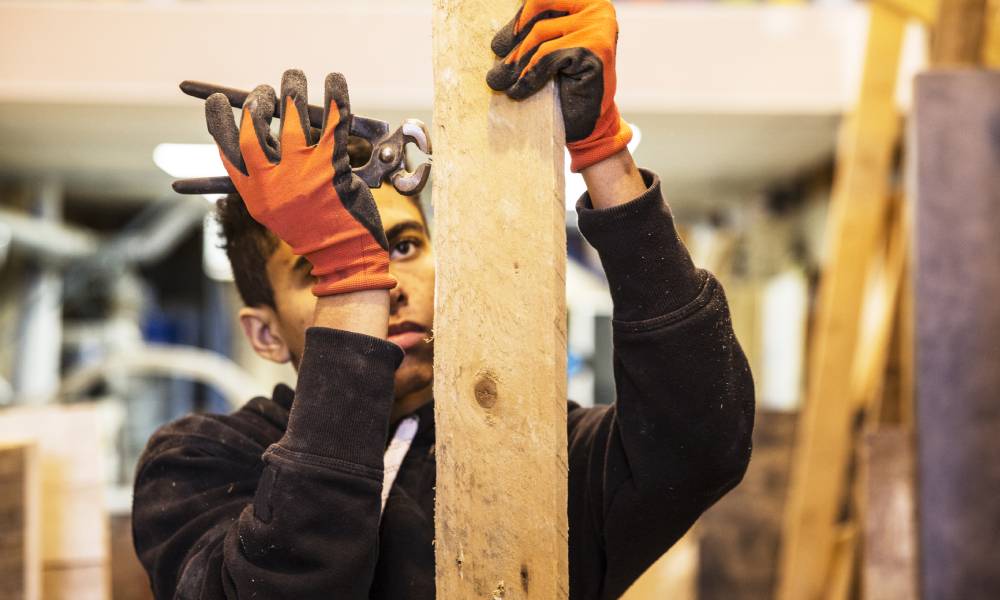
Best Hand Gloves for Welding Operations?
Welding operations involve intense heat, sparks, and the potential for molten metal splatter, making the choice of hand protection crucial. The right type of gloves not only protects against burns and injuries but also provides the dexterity needed to perform precise work. Different types of welding require specific gloves, each designed to address the unique hazards of the process. Choosing the correct welding gloves is essential for ensuring safety and efficiency in any welding operation.
Key Features of Welding Gloves
Welding gloves are designed with specific features to protect the hands from the extreme conditions associated with welding. These features include:
Heat Resistance: Welding gloves are typically made from materials that can withstand high temperatures. The most common materials used are leather and Kevlar, which provide excellent insulation against heat.
Durability: Given the harsh environments in which they are used, welding gloves need to be highly durable. They must resist wear and tear from constant exposure to sparks, molten metal, and rough surfaces.
Dexterity: While protection is paramount, welders also need to maintain some level of dexterity to handle tools and perform precise tasks. Welding gloves are designed to offer a balance between protection and flexibility.
Extended Cuffs: To protect the wrists and forearms from sparks and heat, welding gloves often feature extended cuffs, providing additional coverage beyond the hands.
MIG Welding Gloves
MIG (Metal Inert Gas) welding involves using a continuous wire feed to join metals together, generating significant heat and producing spatter. MIG welding gloves are typically made from thick cowhide or pigskin leather, which provides excellent protection against heat and sparks.
TIG Welding Gloves
TIG (Tungsten Inert Gas) welding requires a high degree of precision and control, as it involves using a non-consumable tungsten electrode to produce the weld. Because TIG welding generates less spatter and heat compared to other methods, the gloves used for this process prioritize dexterity over heavy protection.
Stick Welding Gloves
Stick welding, also known as Shielded Metal Arc Welding (SMAW), is one of the most intense welding processes, generating extreme heat, heavy spatter, and molten slag. As a result, stick welding gloves are designed to provide maximum protection.
Specialty Welding Gloves
In addition to the standard types of welding gloves, there are specialty gloves designed for specific welding tasks or environments. For instance, high-heat gloves are used in environments where extreme temperatures are a concern. These gloves often incorporate advanced materials like aluminized fabric, which reflects radiant heat and provides superior insulation.
For welders who require cut resistance, there are gloves that combine welding protection with materials like Kevlar, offering both heat and cut protection. These specialty gloves are designed for specific applications, ensuring that welders can choose the right type of protection based on their needs.
Selecting the Right Welding Gloves
Choosing the right welding gloves depends on the specific welding process and the environment in which it is performed. MIG, TIG, and stick welding each have unique requirements, and using the appropriate gloves for each method ensures optimal protection and performance. Additionally, factors such as the fit, material, and level of protection needed should be considered when selecting gloves for welding operations.
Beybi Plastik, since its establishment in 1949; operates in the field of personal protective work safety gloves, examination gloves production and sales, sterile surgical gloves and medical consumables sales and marketing.



